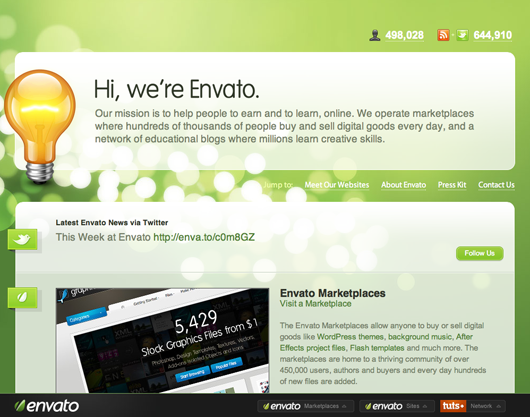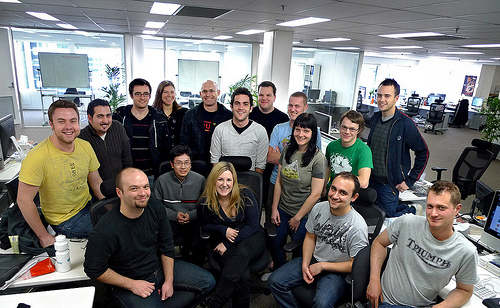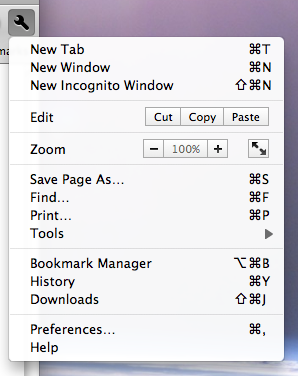David Mayer, a product line manager at a Silicon Valley company and creator of The Clean Bottle, just listened to the audiobook version of REWORK and wrote us the following note.
37signals Team – I just listened to your audio book – twice! It was affirming to me because a lot of your recommendations are things I am already doing or have done…
I am a product line manager in Silicon Valley. I’m also an avid cyclist and I’ve always had problems cleaning out my water bottles. If I’d leave them with a bit of energy drink for a day or two, when I’d come back they’d look like a petri dish and I’d have to chuck them. So, three years ago I started working on a sports bottle that unscrews at both ends so I could actually clean and dry the dang thing. So – it was great to hear your advice about ‘scratching your own itch’.
I kept my day job the whole way through, going part time instead of quitting, so it was definitely cool to hear that that footed with your advice as well. I didn’t take any outside money – another piece of your advice – since I wanted total control of the company.
It took me three years, but in May I finally launched my company, Clean Bottle.
I didn’t have the budget for a big PR launch. So, I had to get creative – just like you guys suggested. One of the things I did was that I made a costume that looked like a giant Clean Bottle and went to France. I ran up the tops of the climbs alongside the riders at the Tour de France and got some SERIOUS air time and props. So much so that in the 3 weeks during the tour we sold close to $200K in product, most of it from our website, which is extremely high margin. Check out some of the footage here.
I really like your advice about using your byproduct. I am active on Facebook and Twitter and in my blogging. And we are making 5 Clean Bottle costumes and then giving them out to people who want to dress up as the costume…It definitely makes us the “anti-camelbak / specialized / nalgene” (another piece of your advice) since we are highlighting that we are the little guy and that we like to have fun instead of being serious all the time…
Anyways, thanks again for the book and the tips. We are doing well – in about 500 stores including all the REIs – and hope to keep growing, but only if we can do it without raising money and in a sustainable fashion.
Neat idea — thanks for the note David.
If you have a similar story about being influenced by REWORK, let us know by emailing rework [at] 37signals [dot] com.

 The second part of what we do is a set of sites to help people learn professional creative skills. These are our biggest sites in traffic and include
The second part of what we do is a set of sites to help people learn professional creative skills. These are our biggest sites in traffic and include 






